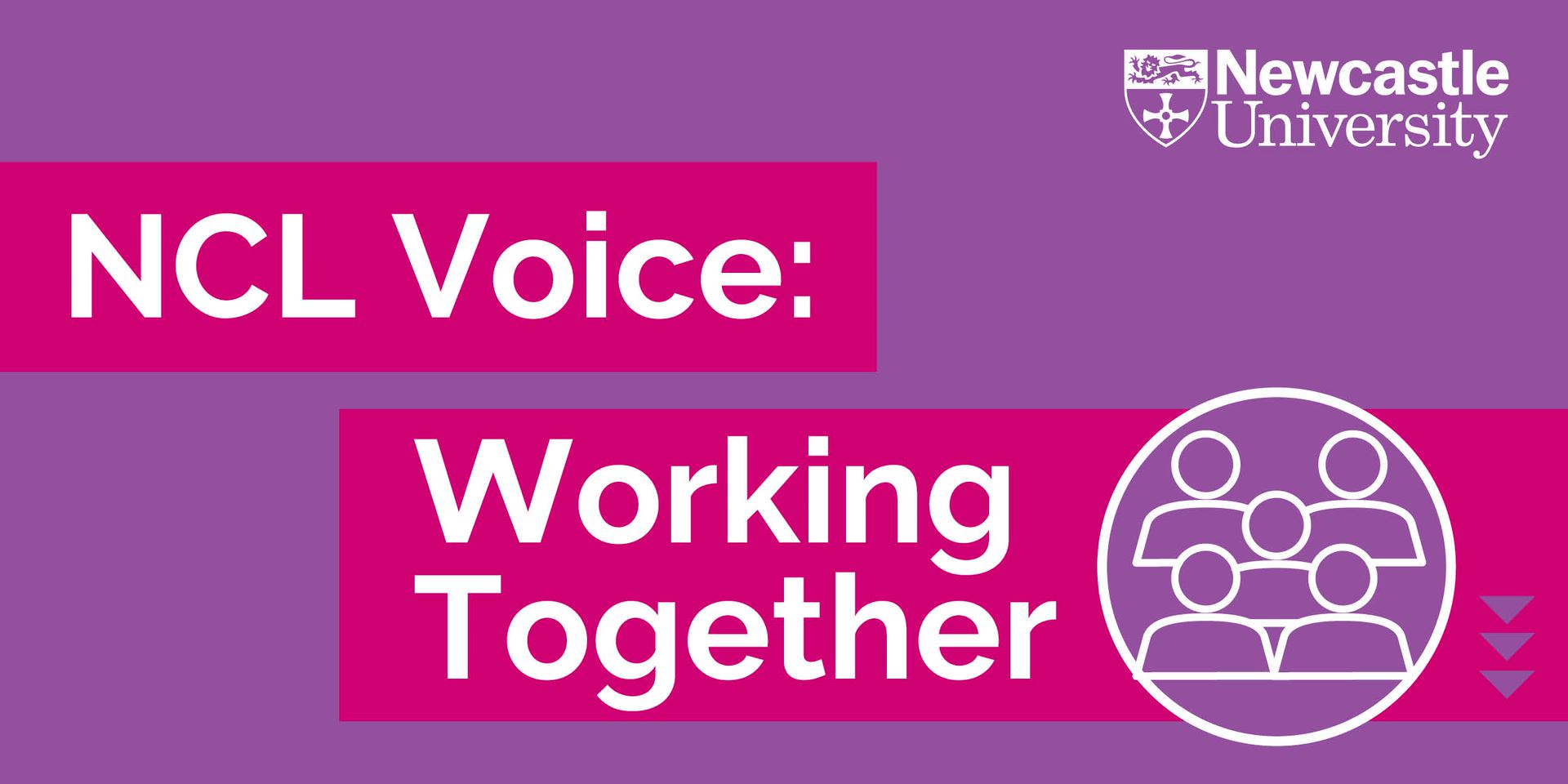Closing the Feedback Loop
Sharing positive change with students.
NEW: A vision for education and skills at Newcastle University: Education for Life 2030+
Closing the Feedback Loop
It is really important that academic units close the feedback loop. Students need to be aware not only of the many ways in which they can provide feedback on their experience, but also of what happens with the feedback they provide and what changes are made in response. Further support in closing the feedback loop can be found on our student voice resources page.
Academic Units must respond to feedback with plans identifying any agreed actions, timescales for implementation and who is responsible for each action. Action plans should be included in the minutes of Boards of Studies and Student-Staff Committees. Module action plans should be restricted to responses to the comments made in relation to questions about the module overall.

Closing the Feedback Loop Resources
Closing the Feedback Loop Slides - Template
Closing the Feedback Loop Slides - Example
"Talking Heads"
Colleagues are also encouraged to consider using 'talking head' video clips as a means of sharing feedback outcomes with students. This can be a more engaging way of closing the feedback loop with students as a video may be more appealing than a text-heavy email or document.
Combined Honours are currently trialling 'talking head' videos as an alternative way of sharing the work of their Student-Staff Committee. This was a recommendation from their inclusive working group on last years' SSC, who felt it offered a more accessible way of engaging the wider cohort with the work of the SSC.
After each SSC meeting, one of the reps volunteers to appear in the video and provides a round-up of some of the main topics covered. All student reps then embed this video into emails to their constituent groups, as well as adding them to the Canvas Community alongside the formal minutes.
